Cu Chi Tunnels were built entirely by human power, with primitive tools and based on traditional experience and folk knowledge during the war.
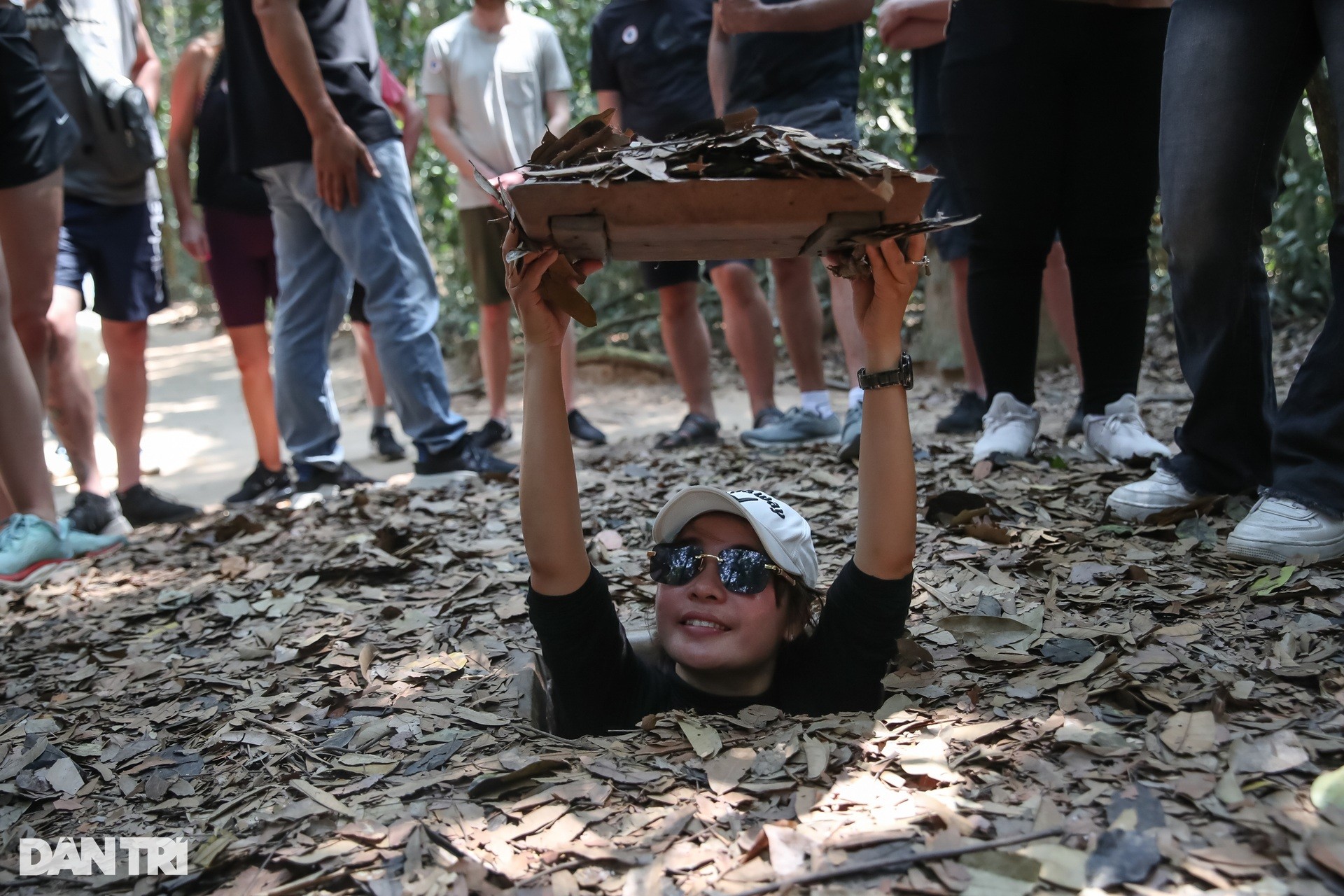 |
The Cu Chi Tunnels are a system of underground defense tunnels in Cu Chi District, about 70km northwest of Ho Chi Minh City. The tunnel system here was built entirely by human power, with rudimentary tools and based on traditional experience and folk knowledge during the Indochina War and the Vietnam War.
 |
The tunnel system includes an infirmary, rooms, kitchens, dining rooms, storage rooms, meeting rooms... with a length of about 250km. Today, the Cu Chi tunnels are preserved in two areas: Ben Duoc (Phu My Hung commune) and Ben Dinh (Nhuan Duc commune). Some tunnels have been renovated and opened wider for visitors to visit.
The tunnels are located in a laterite clay area, so they are durable and less prone to landslides. The tunnel system is deep underground and can withstand the destructive power of heavy bombs. Different areas of the tunnels can be isolated when needed.
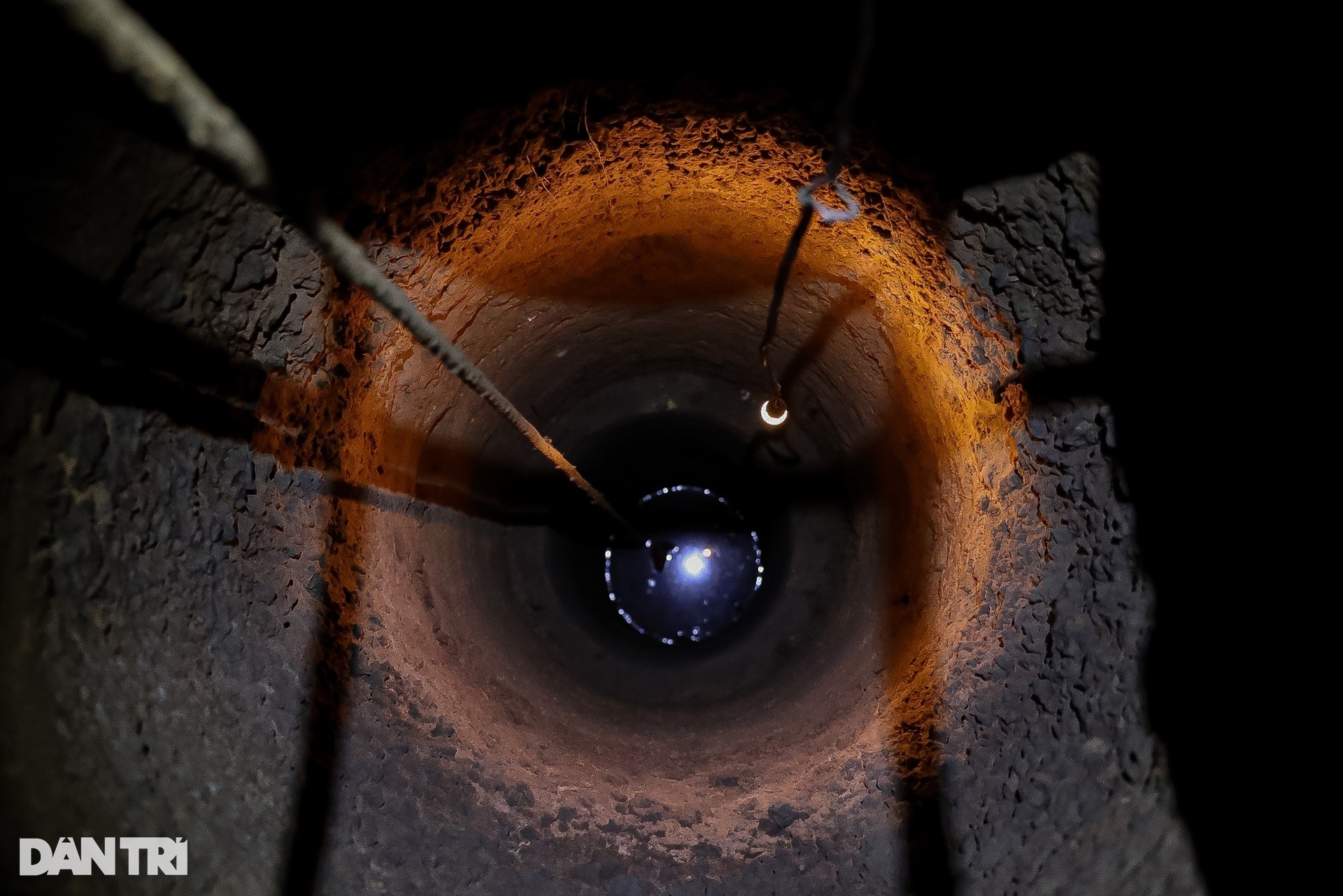 |
A well more than 10m deep was dug inside the tunnel.
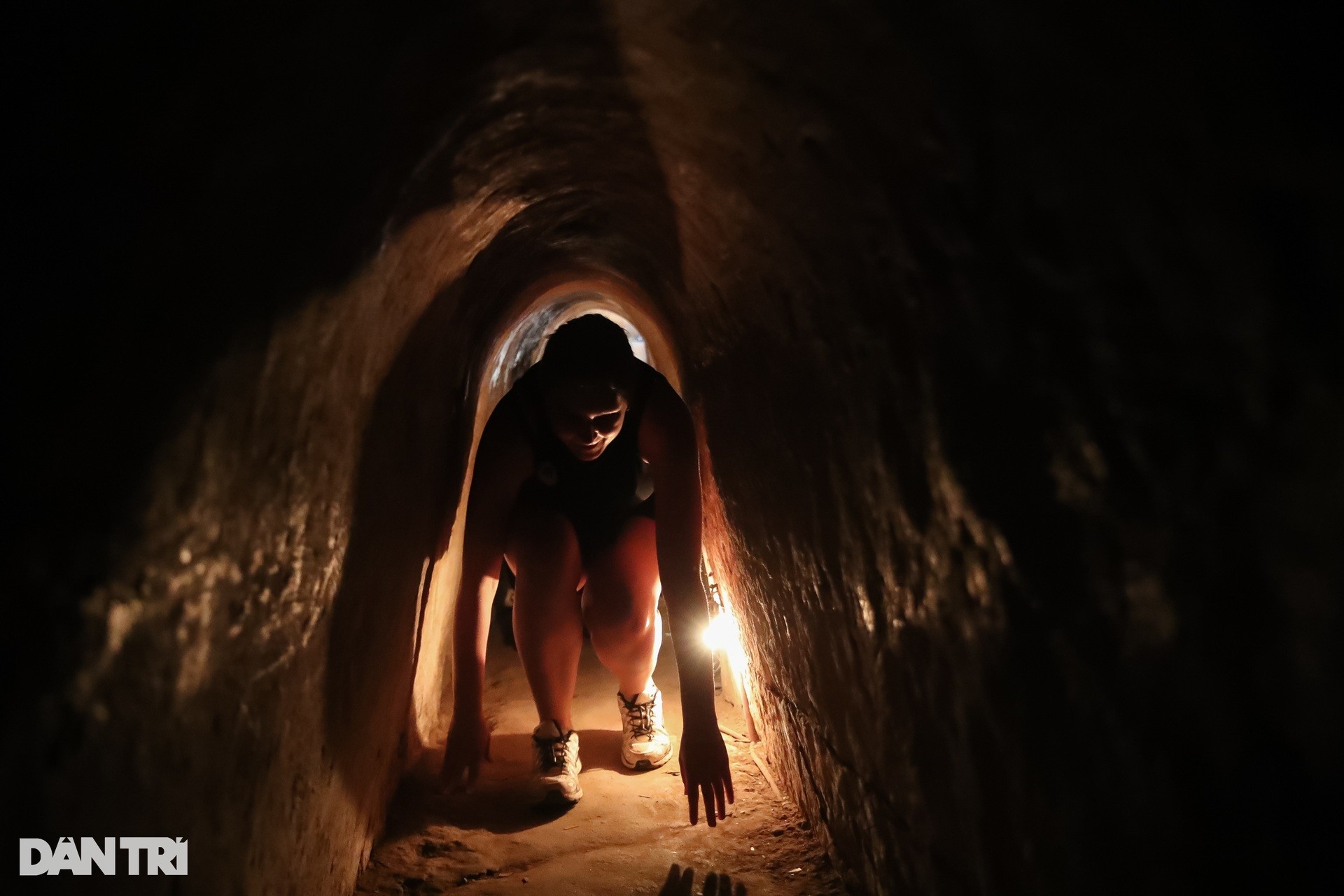 |
The underground tunnels are 3-8m deep, just high enough for a person to bend down when moving. The tunnels follow a spine shape, spreading out long and short branches that connect with each other, some branches extending all the way to the Saigon River.
"I really admire the talent of the Vietnamese people. They move very flexibly inside this narrow tunnel. For us, this is extremely difficult," Ellie (27 years old, British tourist) shared.
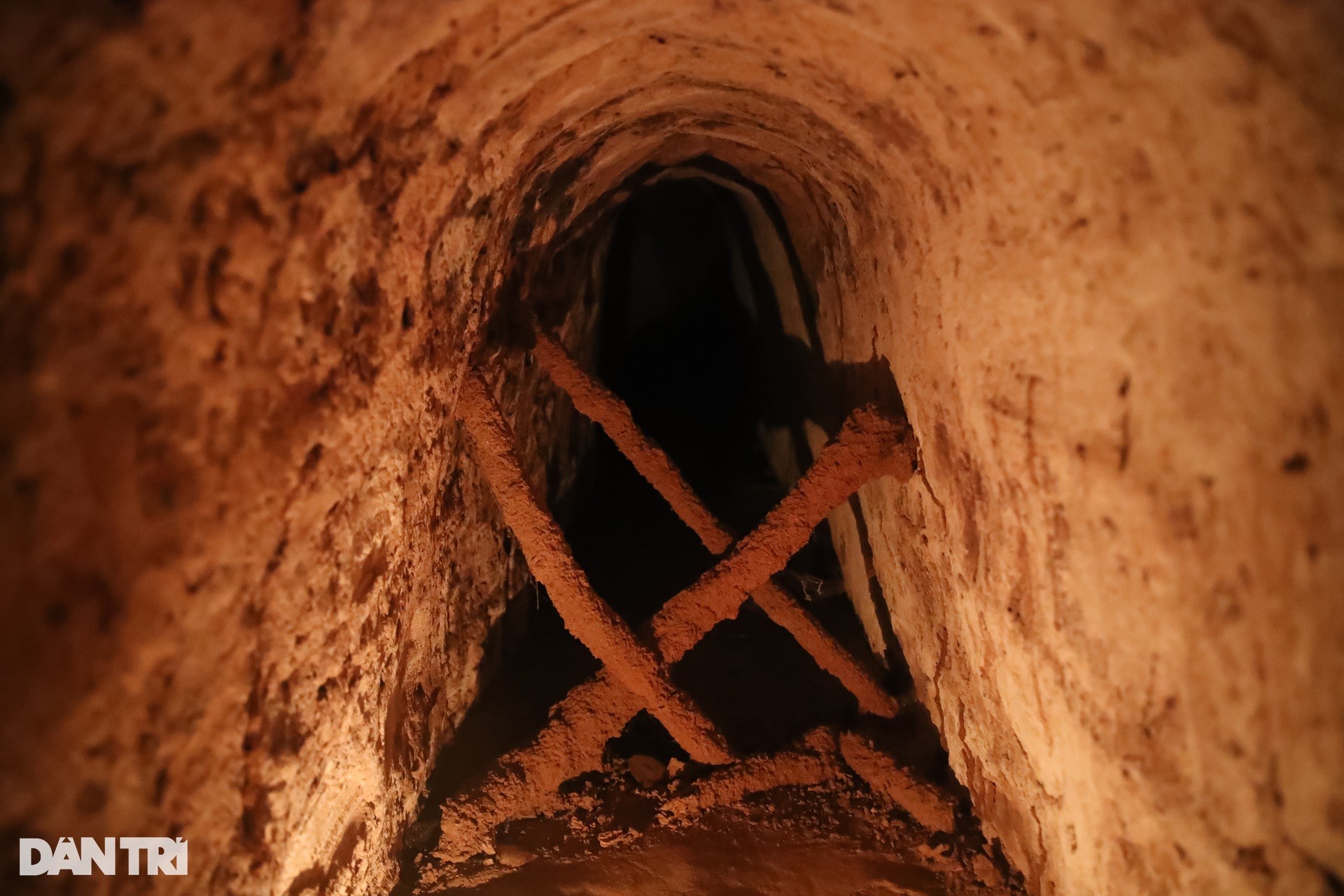 |
Since 1975, due to the impact of time and nature, some sections of the tunnel have been degraded, collapsed, and no trace remains. Some sections are at risk of being affected by farming and construction.
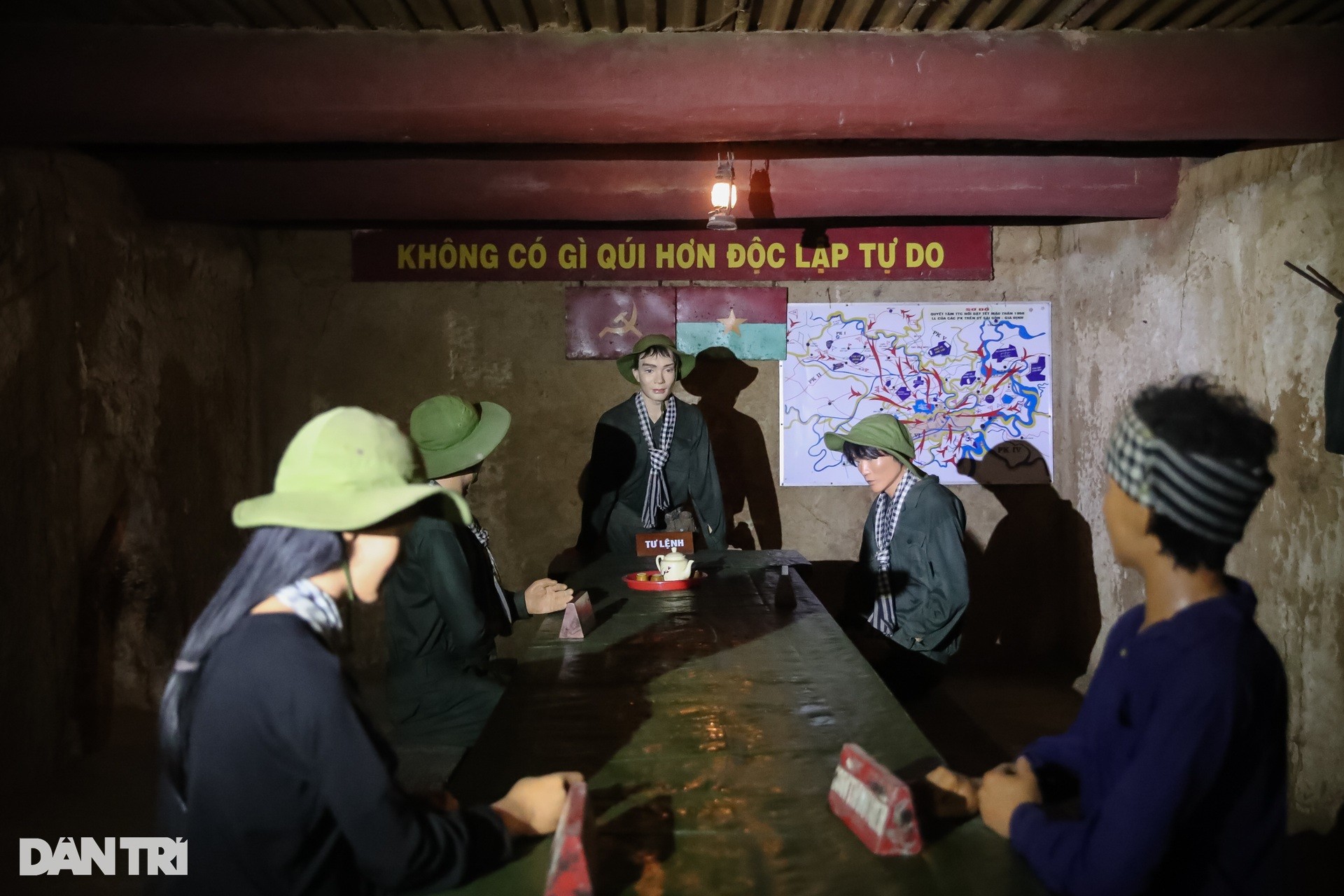 |
The underground meeting room area is quite large, used to hold meetings during the resistance war.
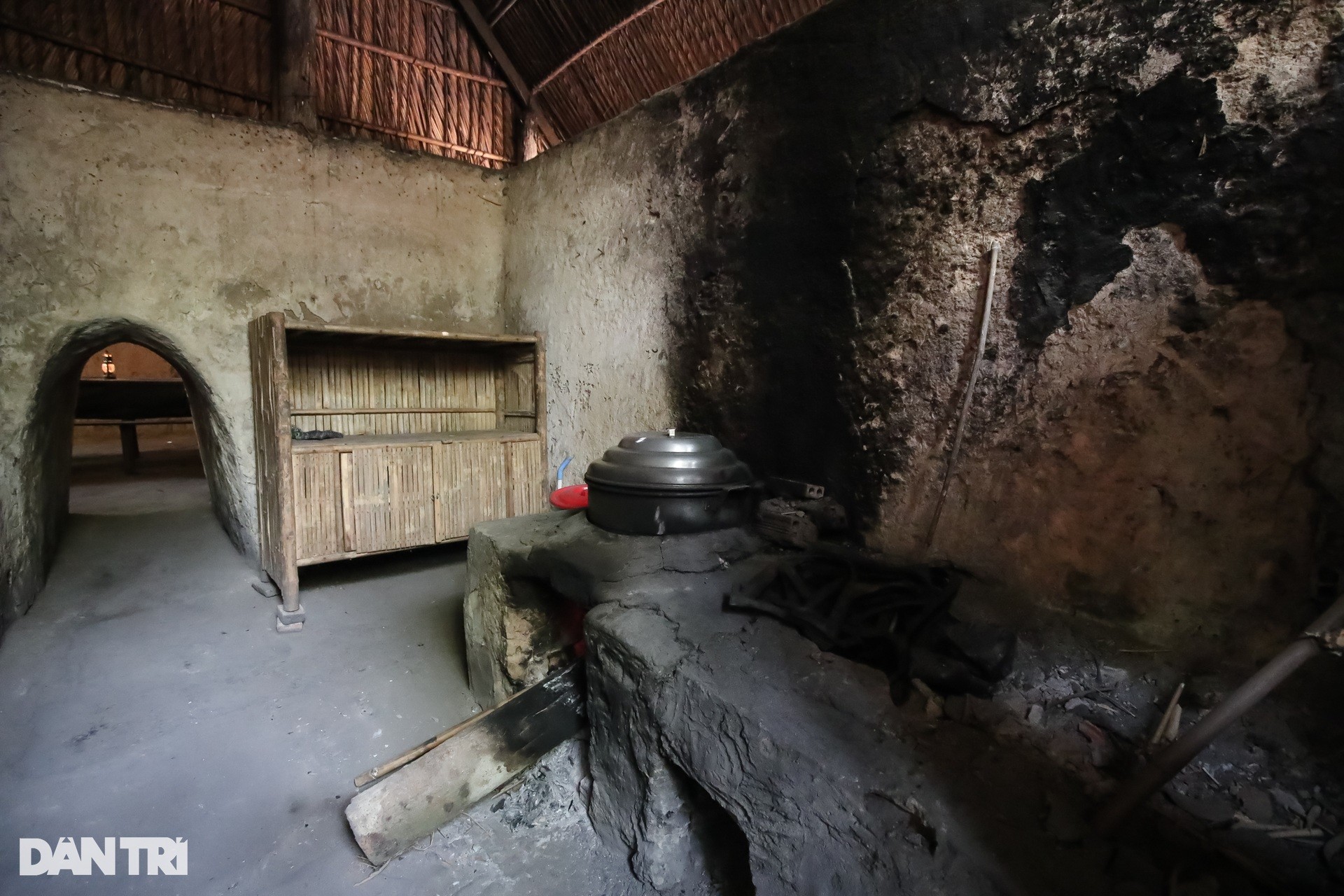 |
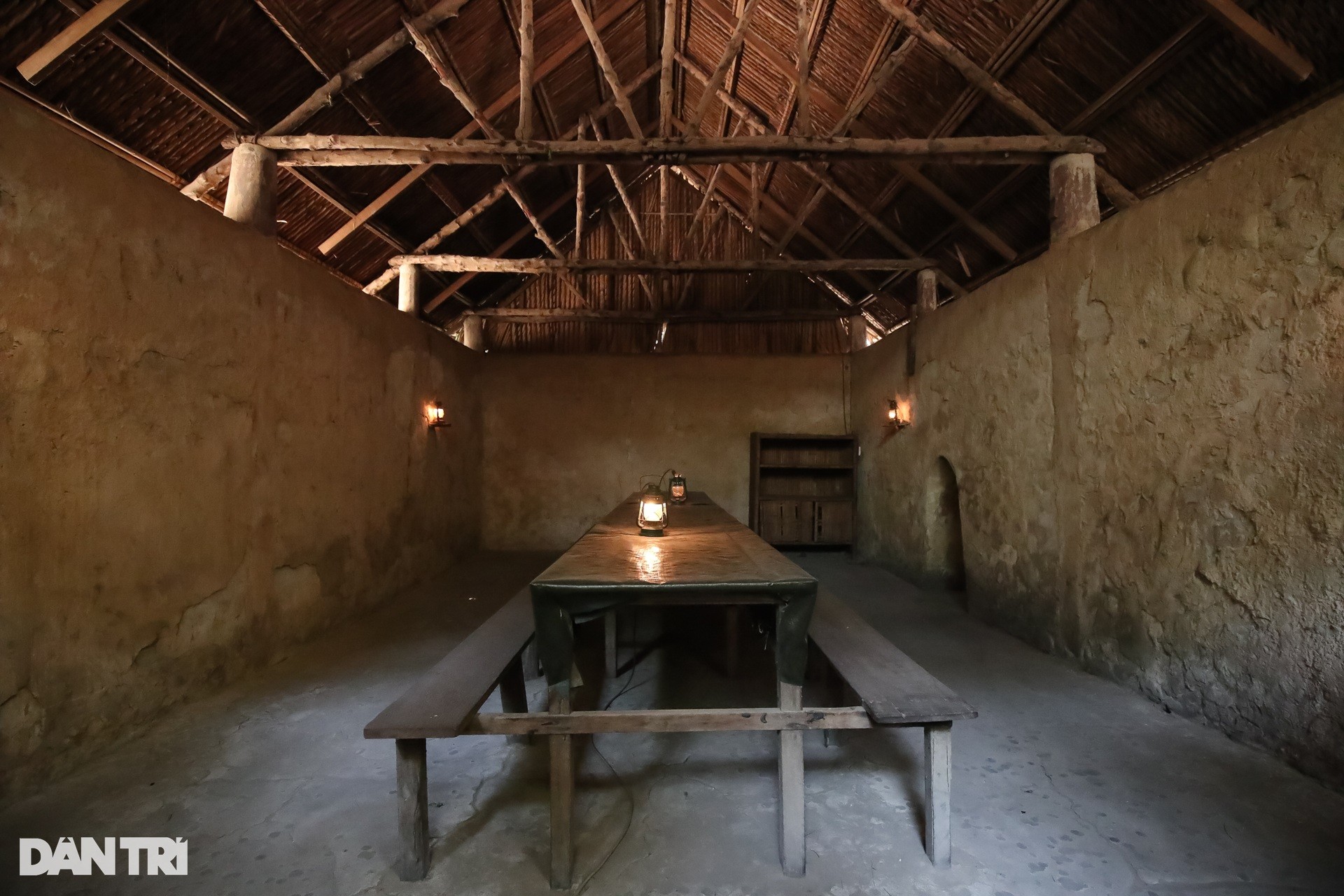 |
The kitchen and dining room are arranged next to each other. The most prominent is the Hoang Cam stove, which is a field stove used a lot during the war with the function of diluting the smoke emitted when cooking to avoid being detected by aircraft from above, as well as nearby.
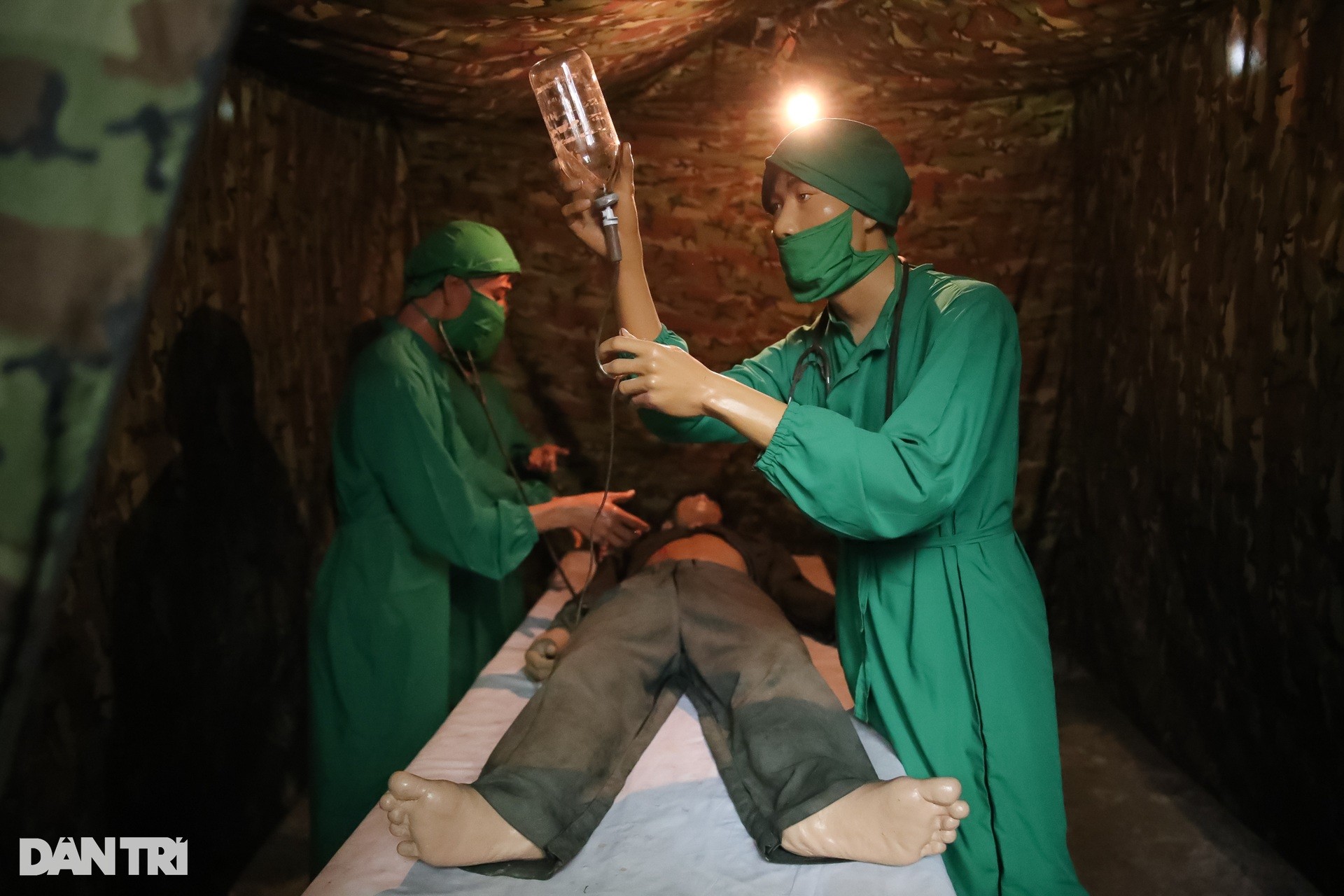 |
Inside the Cu Chi tunnels, the paths lead to floors with the leaders' living and working basements, surgical basements, kitchens, food and weapons storage basements, fighting dens, water wells, engineering workshops, military uniform sewing factories...
Cu Chi Tunnels were ranked as a special National Monument in December 2015.
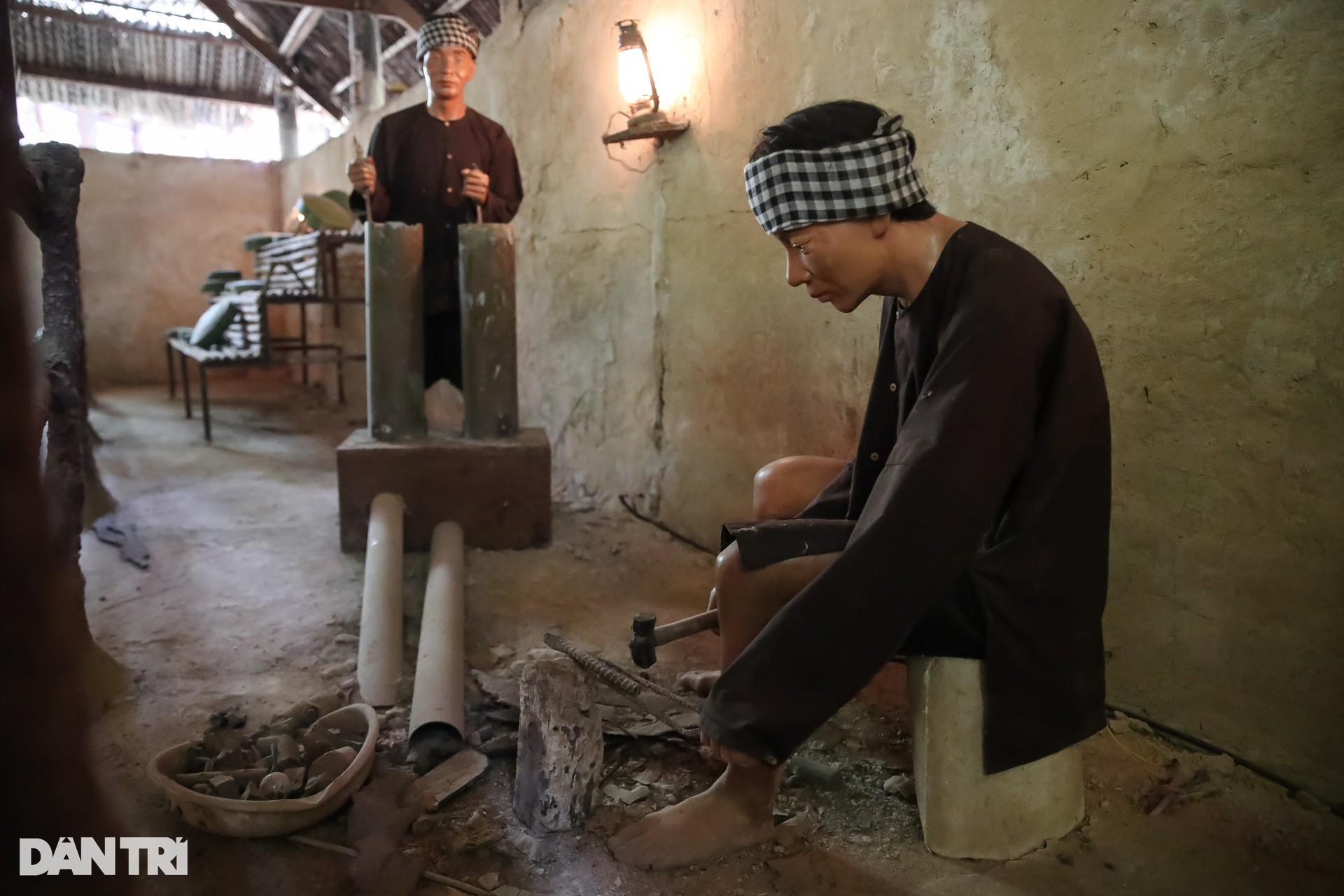 |
The engineering workshop with models of soldiers making weapons and household items... from bomb fragments and bullets... captured from the enemy.
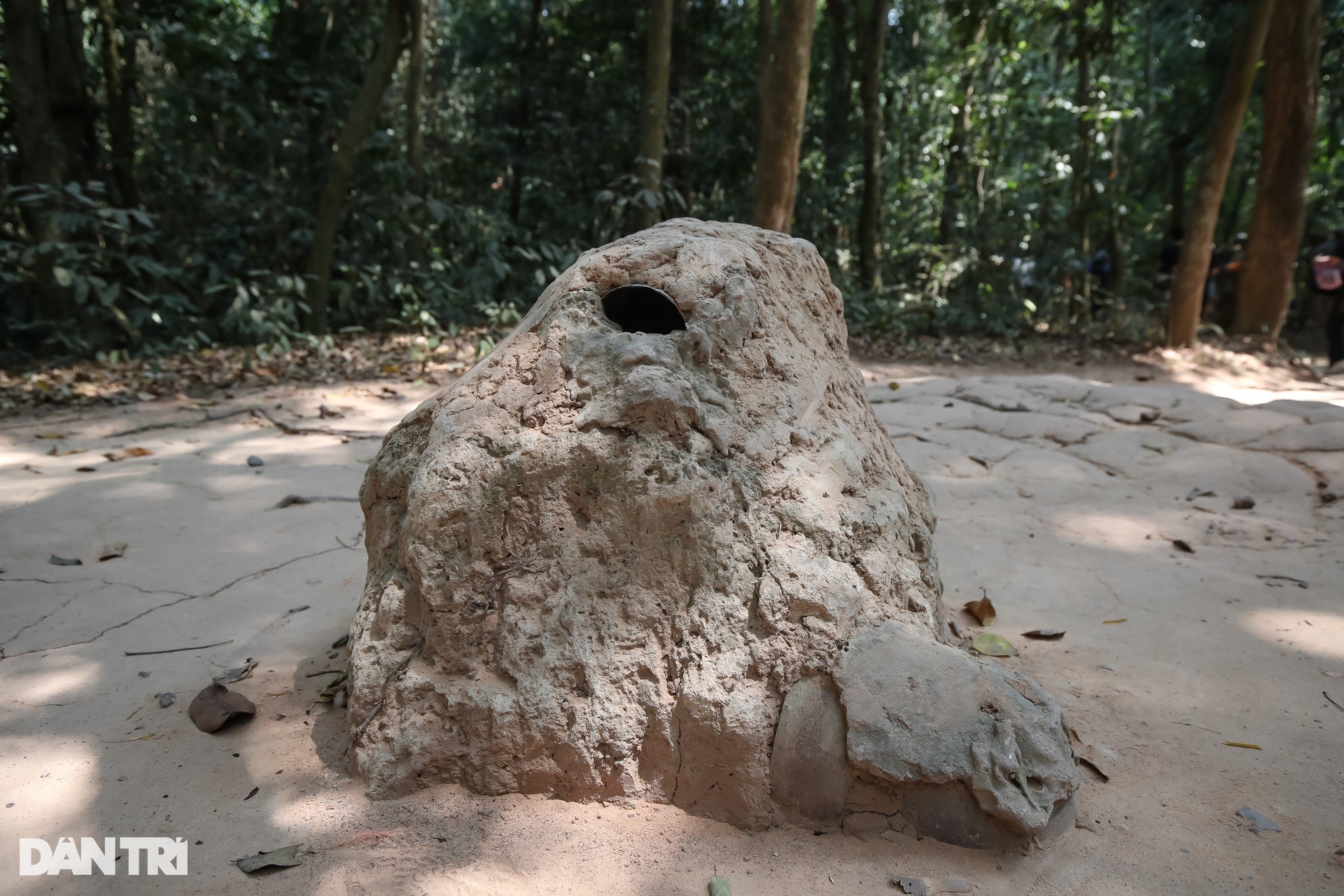 |
Vents were built into the ground to direct air into the tunnels. Every few meters there were vents disguised as termite mounds.
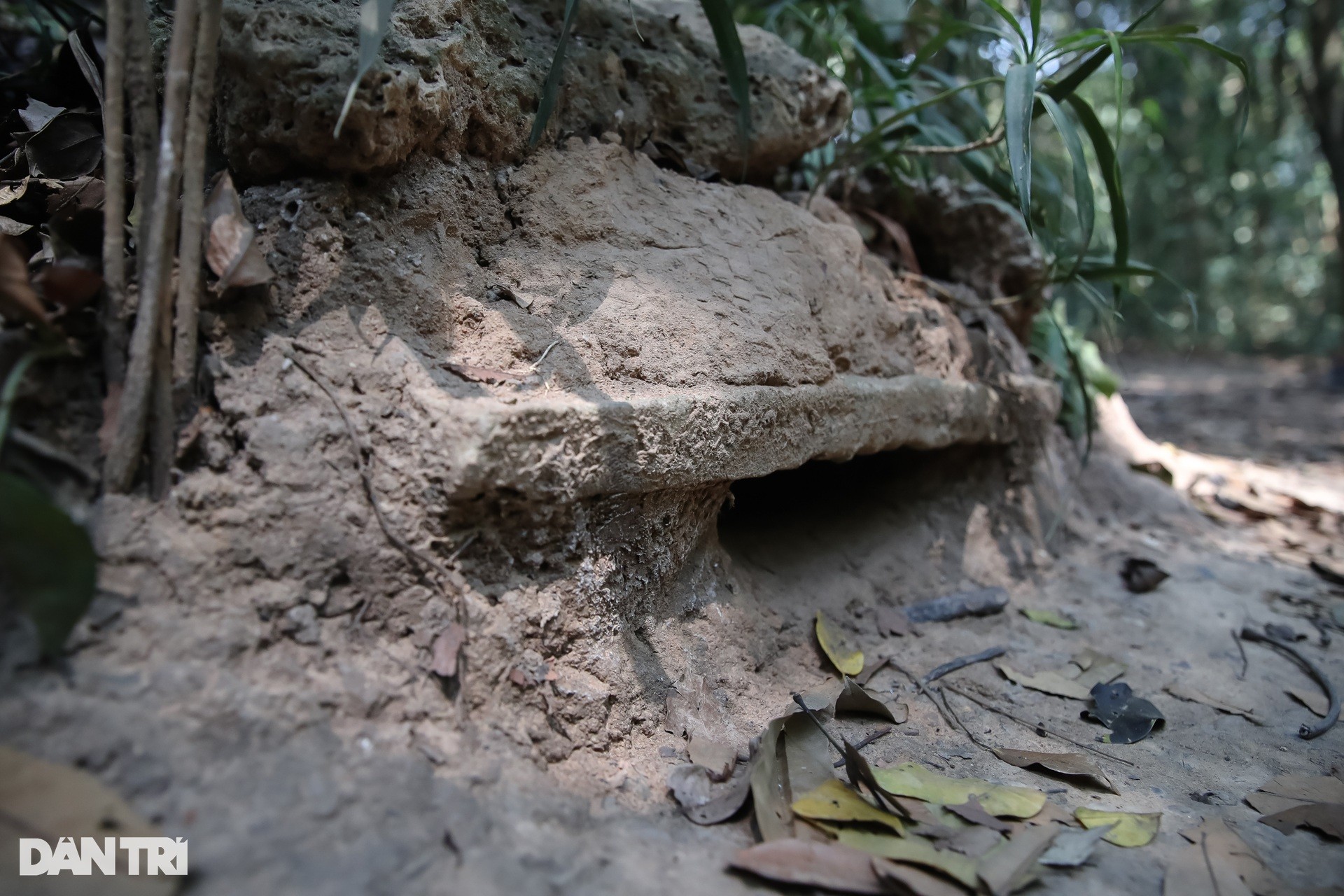 |
A loophole in the Cu Chi tunnels, the holes are small enough to place gun barrels, when detecting enemies approaching, soldiers will open fire to destroy them.
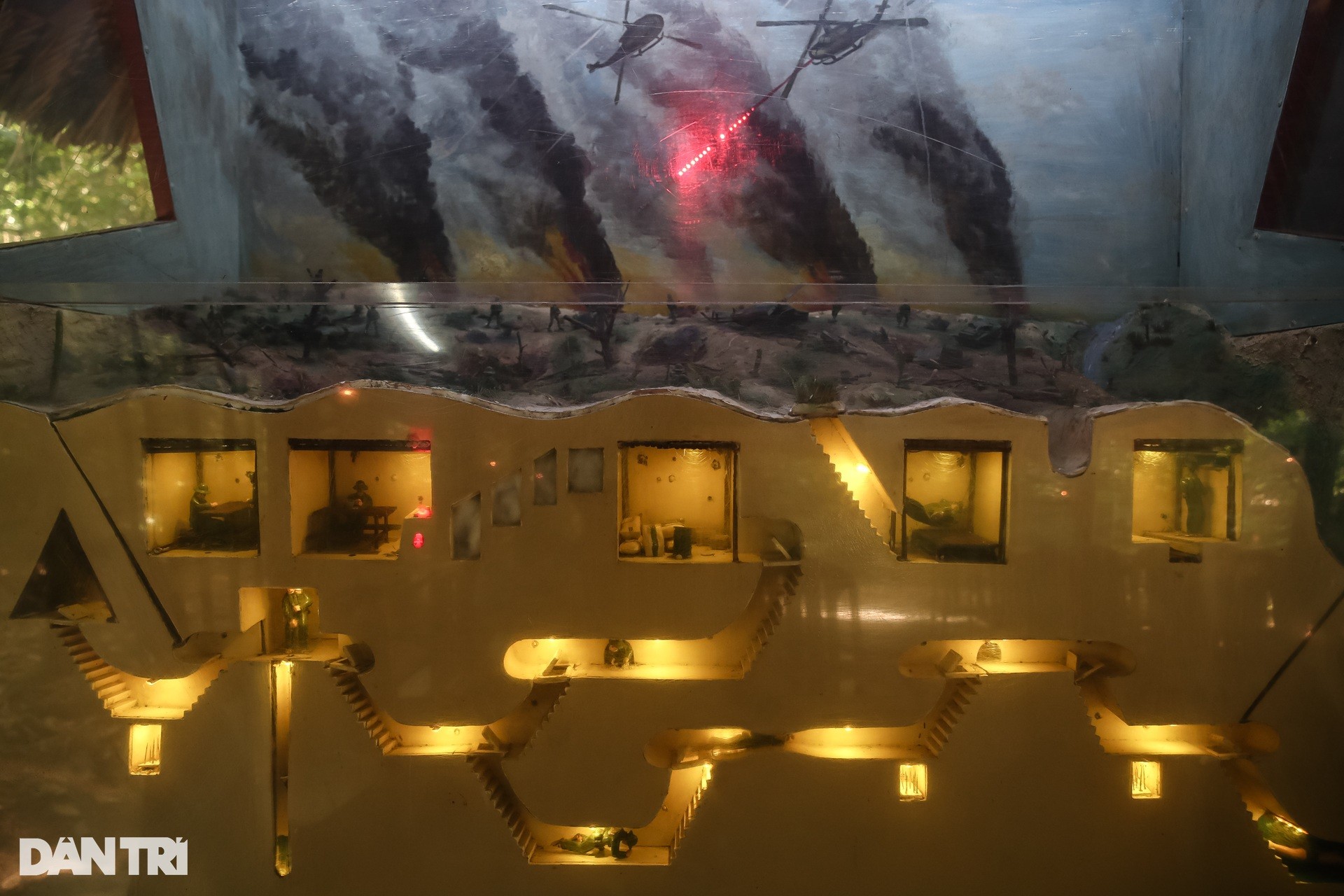 |
Models of Cu Chi tunnels are displayed in documentary screening areas for locals and tourists to easily visualize.
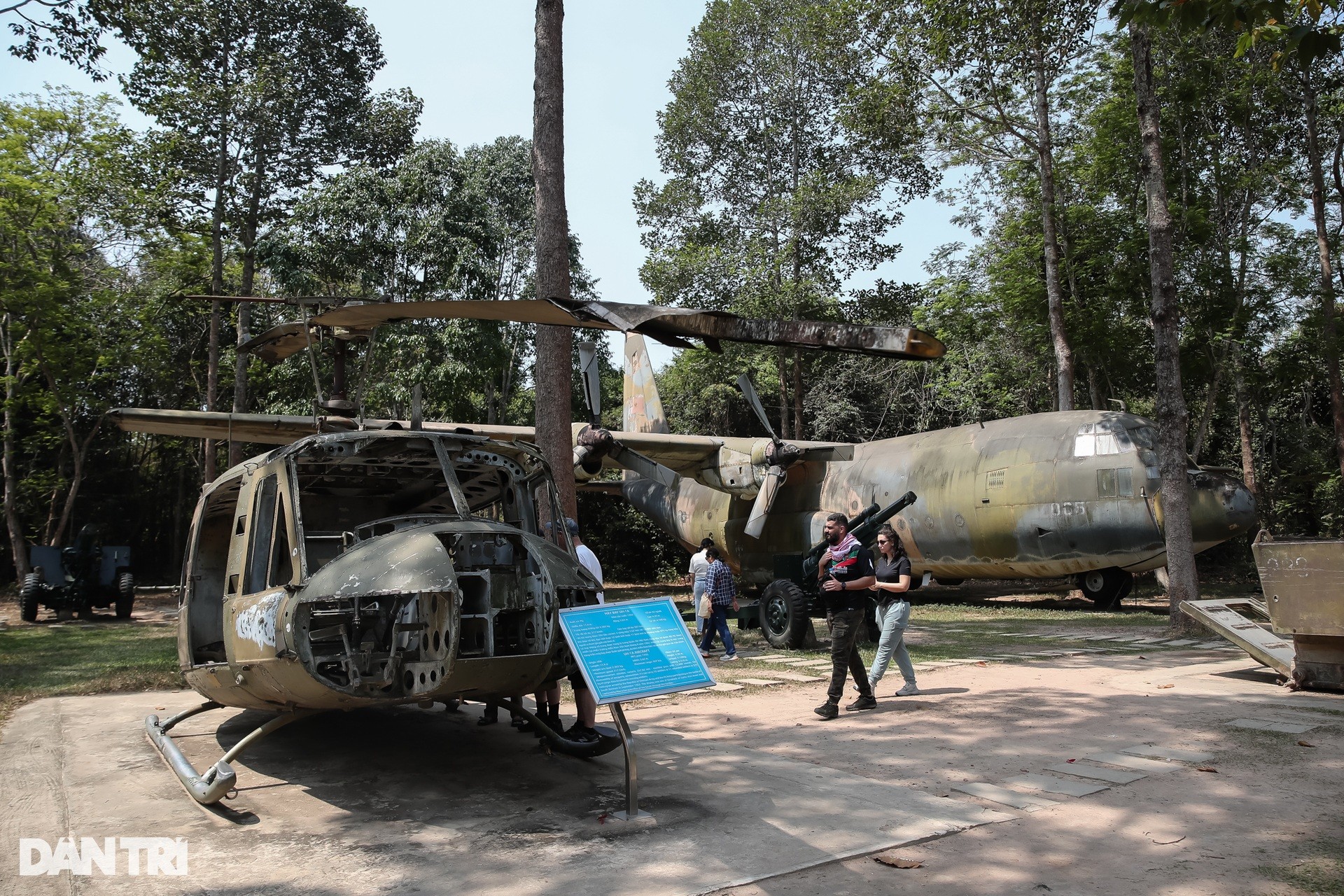 |
The Cu Chi tunnels also display many fighter planes, tanks, armored vehicles... that were used during the war. Ben Duoc area has a memorial temple for martyrs who died in Cu Chi land.



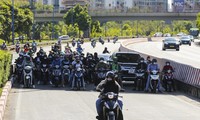

According to Dan Tri
Source



![[Photo] Looking back at the impressive moments of the Vietnamese rescue team in Myanmar](https://vstatic.vietnam.vn/vietnam/resource/IMAGE/2025/4/11/5623ca902a934e19b604c718265249d0)
![[Photo] "Beauties" participate in the parade rehearsal at Bien Hoa airport](https://vstatic.vietnam.vn/vietnam/resource/IMAGE/2025/4/11/155502af3384431e918de0e2e585d13a)





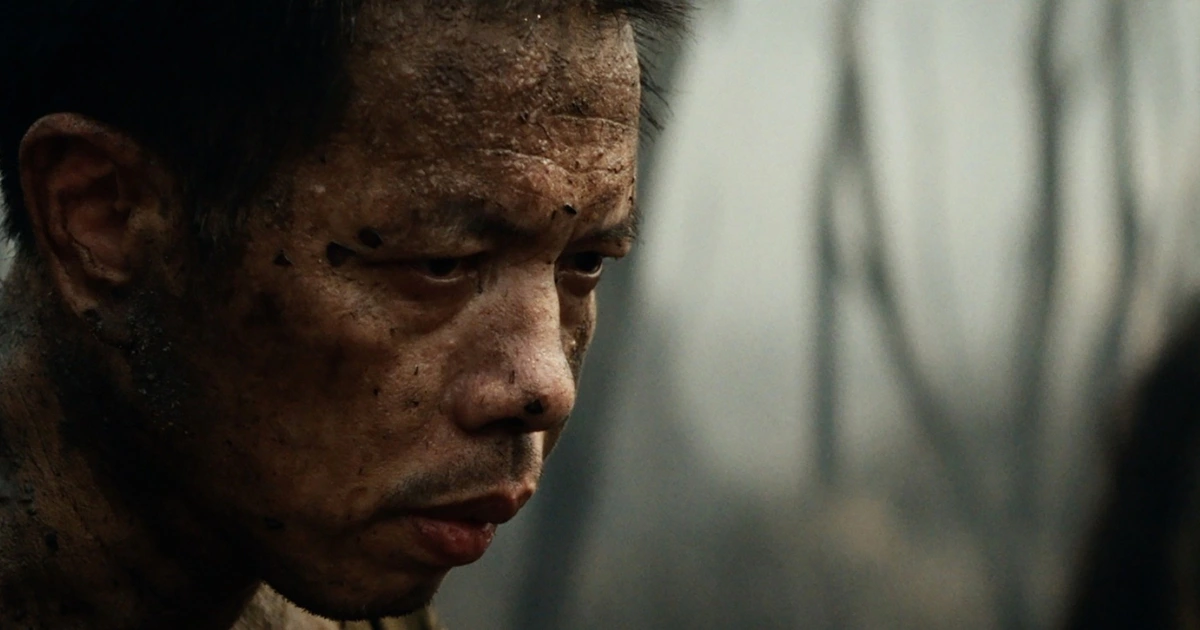



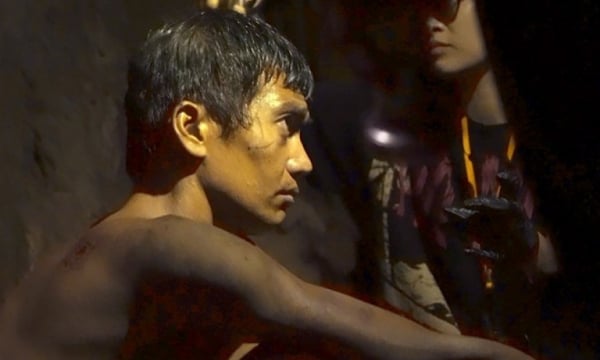



![[Photo] Visiting Cu Chi Tunnels - a heroic underground feat](https://vstatic.vietnam.vn/vietnam/resource/IMAGE/2025/4/8/06cb489403514b878768dd7262daba0b)

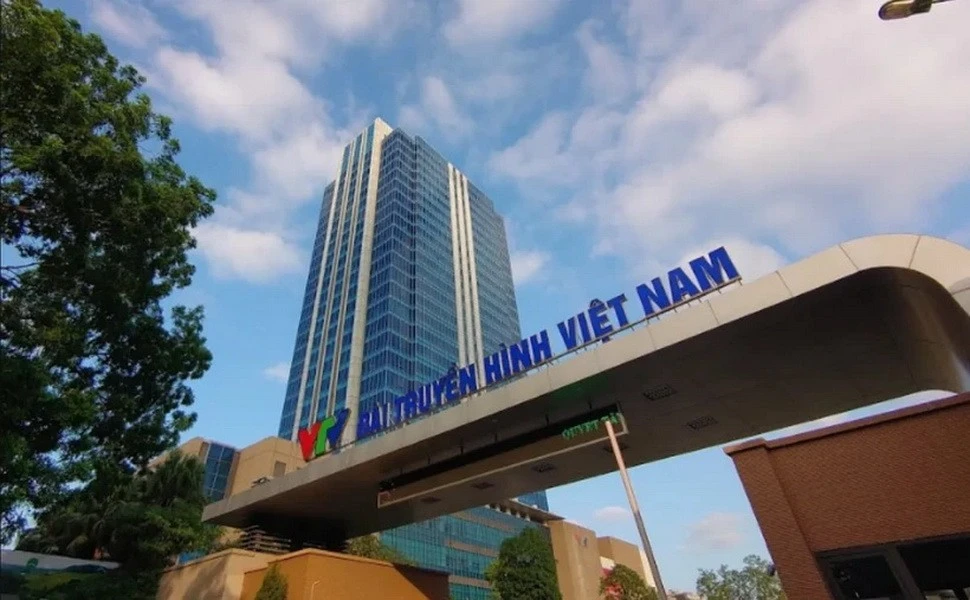
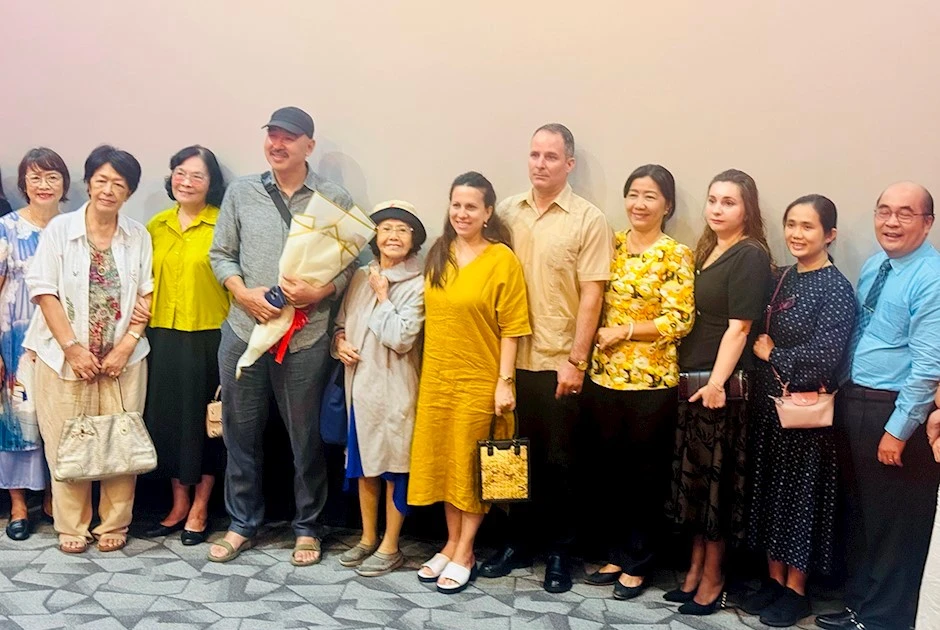


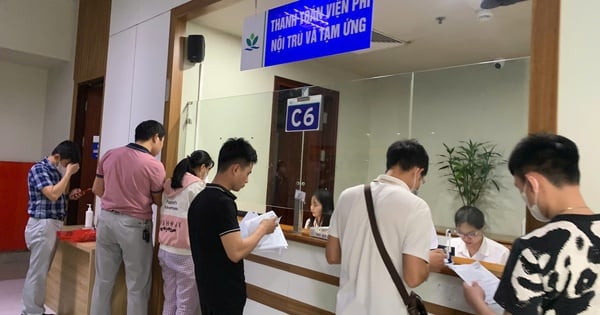




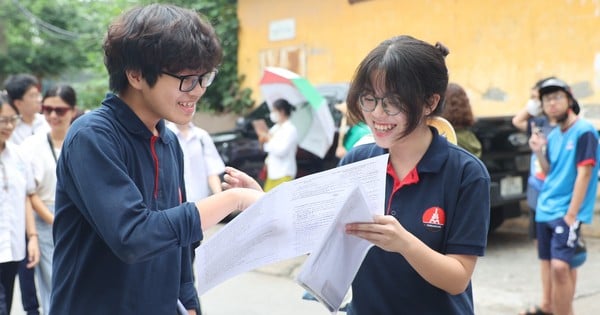



![[Photo] Summary of parade practice in preparation for the April 30th celebration](https://vstatic.vietnam.vn/vietnam/resource/IMAGE/2025/4/11/78cfee0f2cc045b387ff1a4362b5950f)








































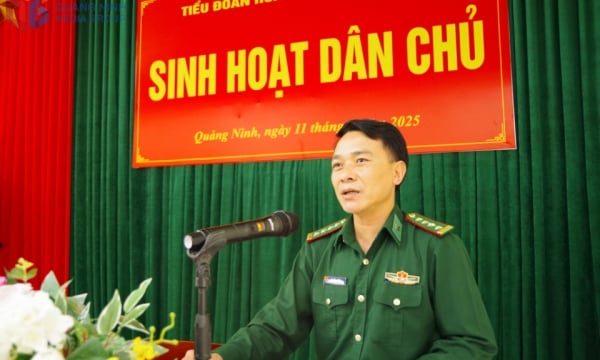
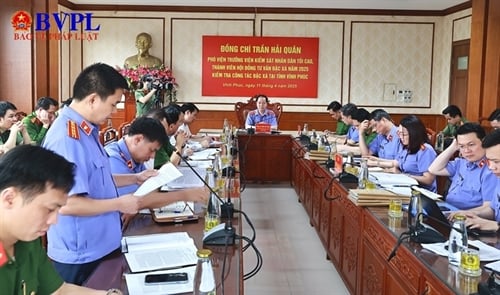



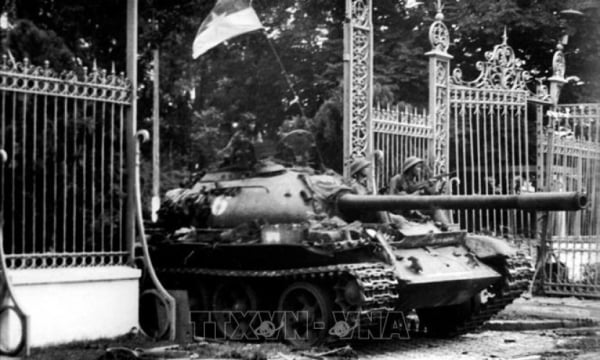
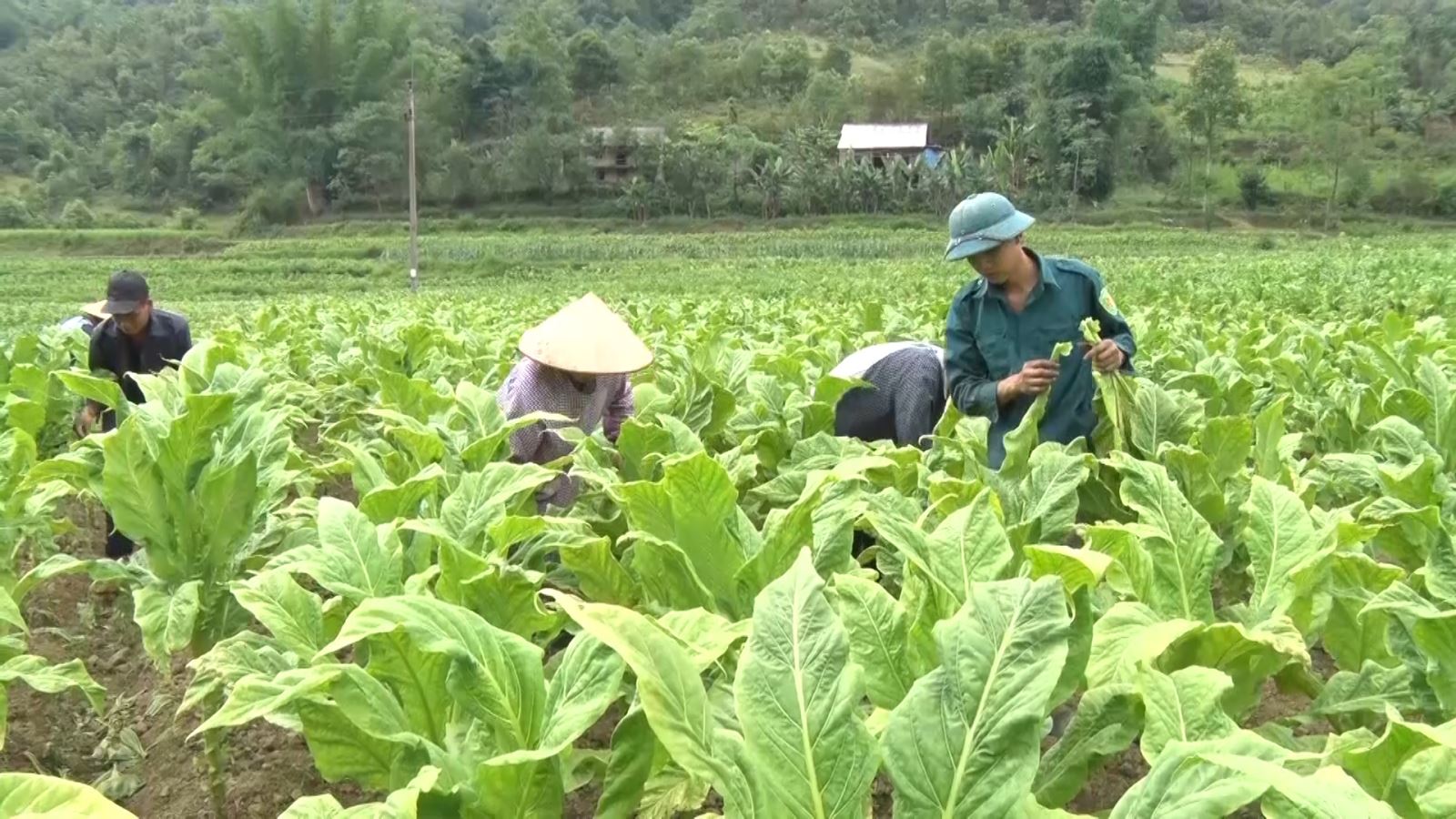











Comment (0)